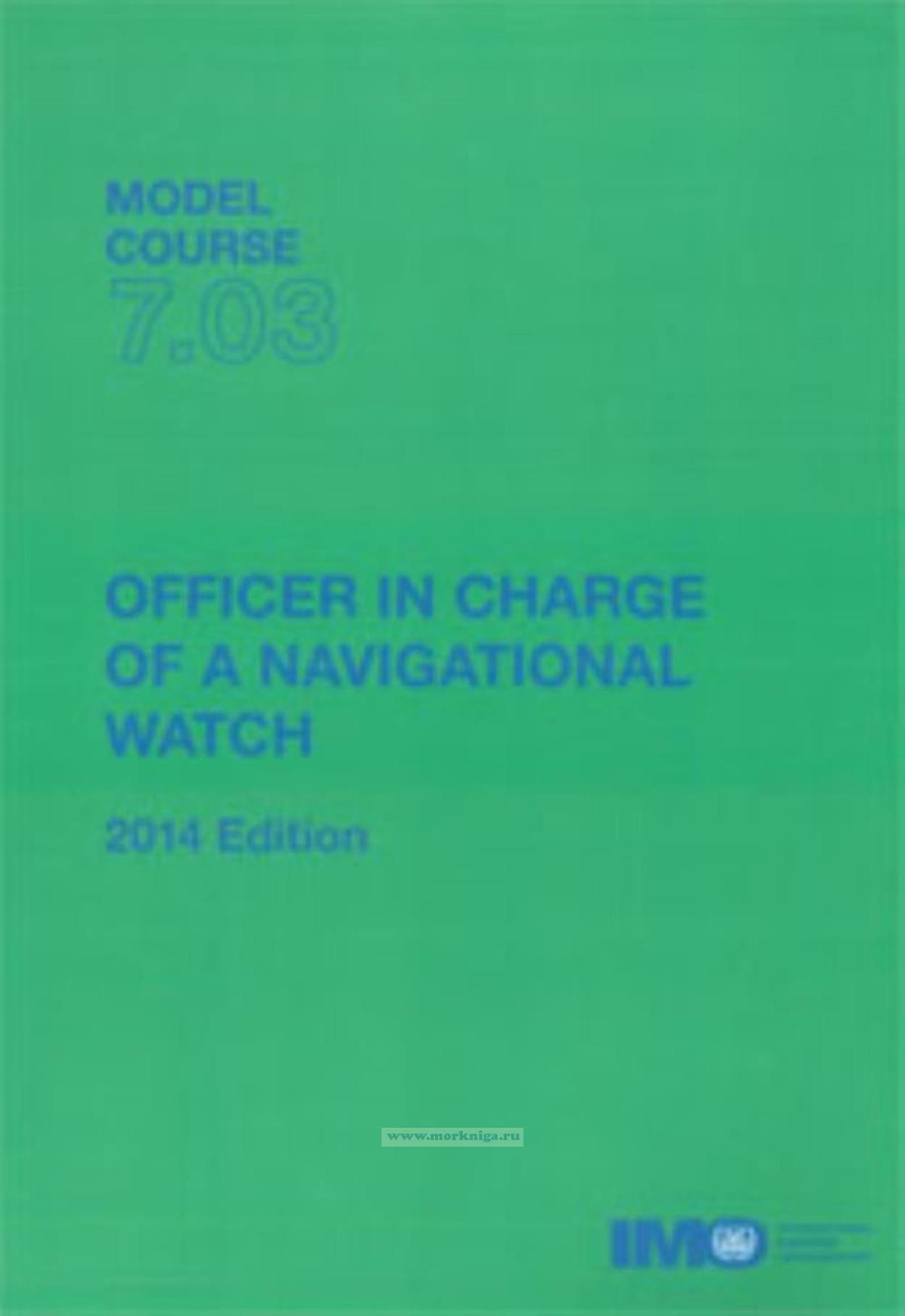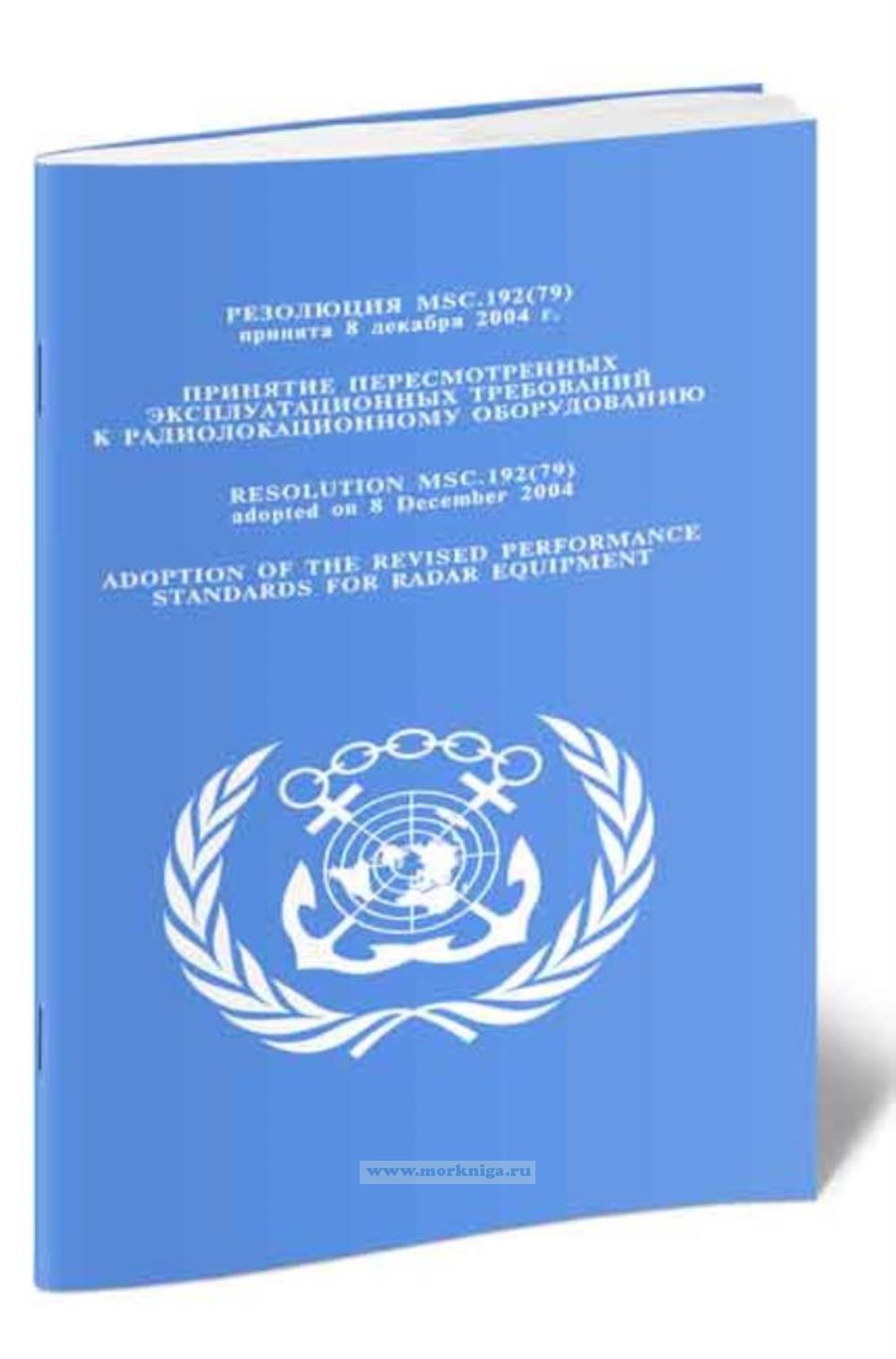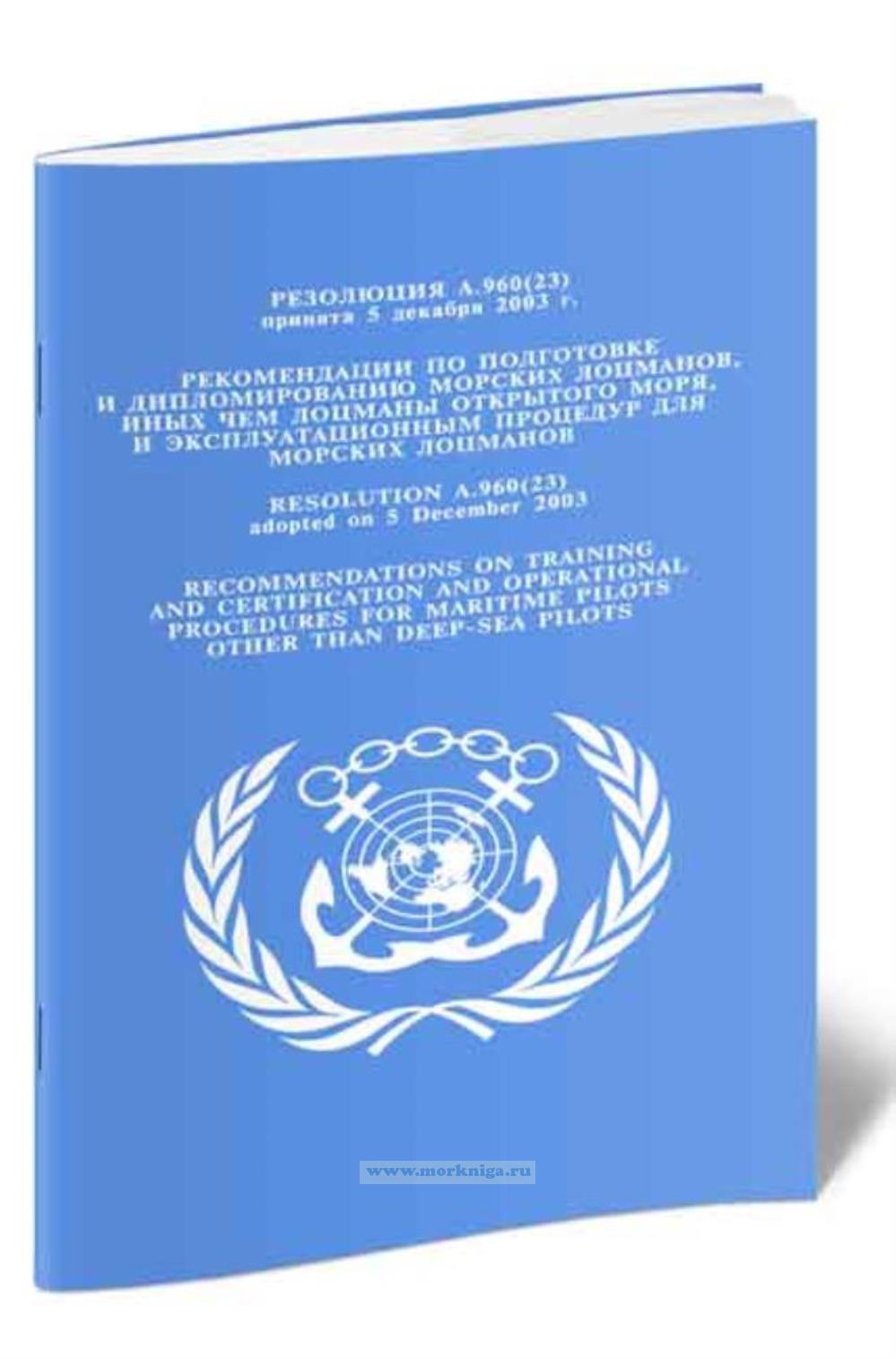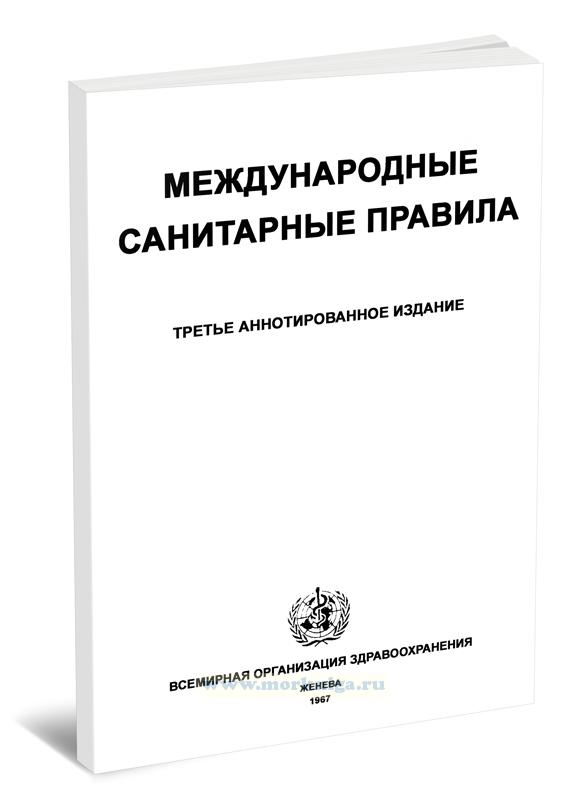Officer in charge of a navigational watch. Model course 7.03
Since its inception the International Maritime Organization (IMO) has recognized the importance of human resources to the development of the maritime industry and has given the highest priority to assisting developing countries in enhancing their maritime training capabilities through the provision or improvement of maritime training facilities at national and regional levels. IMO has also responded to the needs of developing countries for postgraduate training for senior personnel in administrations, ports, shipping companies and maritime training institutes by establishing the World Maritime University in Malmo, Sweden, in 1983.
Following the adoption of the International Convention on Standards of Training, Certification and Watchkeeping for Seafarers, 1978 (STCW), a number of IMO Member Governments had suggested that IMO should develop model training courses to assist in the implementation of the Convention and in achieving a more rapid transfer of information and skills regarding new developments in maritime technology. IMO training advisers and consultants also subsequently determined from their visits to training establishments in developing countries that the provision of model courses could help instructors improve the quality of their existing courses and enhance their implementation of the associated Conference and IMO Assembly resolutions.
In addition, it was appreciated that a comprehensive set of short model courses in various fields of maritime training would supplement the instruction provided by maritime academies and allow administrators and technical specialists already employed in maritime administrations, ports and shipping companies to improve their knowledge and skills in certain specialized fields. With the generous assistance of the Government of Norway, IMO developed model courses in response to these generally identified needs and now keeps them updated through a regular revision process taking into account any amendments to the requirements prescribed in IMO instruments and any technological developments in the field.
These model courses may be used by any training institution and, when the requisite financing is available, the Organization is prepared to assist developing countries in implementing any course.
Содержание:
Contents
Foreword
Introduction
Purpose of the model courses
Use of the model course
Lesson plans
Presentation
Implementation
Course objective
Entry standards
Class intake limitations
Textbooks and bibliography
Computer applications
Training and the STCW 2010 Convention
Responsibilities of Administrations
Validation
Conventions, Regulations and Legislation
Part A: Course Framework for all functions
Aims
Objective
Function 1: Navigation at the Operational Level
Function 2: Cargo Handling and Stowage at the Operational Level
Function 3: Controlling the Operation of the Ship and Care for Persons on
Board at the Operational Level
Entry standards
Course certificate
Staff requirements
Teaching facilities and equipment
Teaching aids (A)
CDs and DVDs
I MO references (R)
Textbooks (T)
Function 1: Navigation at the Operational Level
Part B1: Course Outline
Timetable
Lectures
Course outline
Part C1: Detailed Teaching Syllabus
Introduction
Explanation of information contained in the syllabus tables
Part D1: Instructor Manual
1.1 PLAN AND CONDUCT A PASSAGE AND DETERMINE A POSITION
1.2 MAINTAIN A SAFE NAVIGATIONAL WATCH
1.3 USE OF RADAR AND ARPA TO MAINTAIN SAFETY OF NAVIGATION
1.4 USE OF ECDIS TO MAINTAIN SAFETY OF NAVIGATION
1.5 RESPOND TO EMERGENCIES
1.6 RESPOND TO A DISTRESS SIGNAL AT SEA
1.7 ENGLISH LANGUAGE
1.8 TRANSMIT AND RECEIVE INFORMATION BY VISUAL SIGNALLING
1.9 MANOEUVRE THE SHIP
Function 2: Cargo Handling and Stowage at the Operational Level
Part B2: Course Outline
Timetable
Lectures
Course outline
Part C2: Detailed Teaching Syllabus
Introduction
Explanation of Information Contained in the Syllabus Tables
Part D2: Instructor Manual
2.1 MONITOR THE LOADING, STOWAGE, SECURING, CARE DURING THE VOYAGE AND UNLOADING OF CARGOES
2.2 INSPECT AND REPORT DEFECTS AND DAMAGE TO CARGO SPACES, HATCH COVERS AND BALLAST TANKS
Function 3: Controlling the Operation of the Ship and Care for Persons on Board at the Operational Level
Part B3: Course Outline
Timetable
Lectures
Course outline
Part C3: Detailed Teaching Syllabus
Introduction
Explanation of information contained in the syllabus tables
Part D3: Instructor Manual
3.1 ENSURE COMPLIANCE WITH POLLUTION PREVENTION REQUIREMENTS
3.2 MAINTAIN THE SEAWORTHINESS OF THE SHIP
3.3 PREVENT, CONTROL AND FIGHT FIRES ON BOARD
3.4 OPERATE LIFE-SAVING APPLIANCES
3.5 APPLY MEDICAL FIRST AID ON BOARD SHIP
3.6 MONITOR COMPLIANCE WITH LEGISLATIVE REQUIREMENTS
3.7 APPLICATION OF LEADERSHIP AND TEAMWORKING SKILLS
3.8 CONTRIBUTE TO SAFETY OF PERSONNEL AND SHIP
Part E: Evaluation
Initial/Diagnostic assessment
Formative assessment
Summative assessment
Evaluation for Quality assurance
Assessment Planning
Validity
Reliability
STCW Code 2010
Evaluation of competence
Calculations
Compiling tests
Advantages and disadvantages of oral and practical tests
Appendix 1 - MATHEMATICS
Purpose
Training objectives
Entry standards
Guidance notes
Staff requirements
Teaching aids (A)
I MO references (R)
Textbooks
Appendix 2 - PHYSICAL SCIENCE
Purpose
Training objectives
Entry standards
Guidance notes
Staff requirements
Teaching facilities and equipment
Teaching aids (A)
I MO references (R)
Textbooks
Guidance on the Implementation of IMO Model Courses

 Резолюция MSC.192(79) Принятие пересмотренных эксплуатационных требований к радиолокационному оборудованию
Резолюция MSC.192(79) Принятие пересмотренных эксплуатационных требований к радиолокационному оборудованию  Резолюция A.960(23) Рекомендации по подготовке и дипломированию морских лоцманов, иных чем лоцманы открытого моря,и эксплуатационным проце
Резолюция A.960(23) Рекомендации по подготовке и дипломированию морских лоцманов, иных чем лоцманы открытого моря,и эксплуатационным проце  Международные санитарные правила
Международные санитарные правила